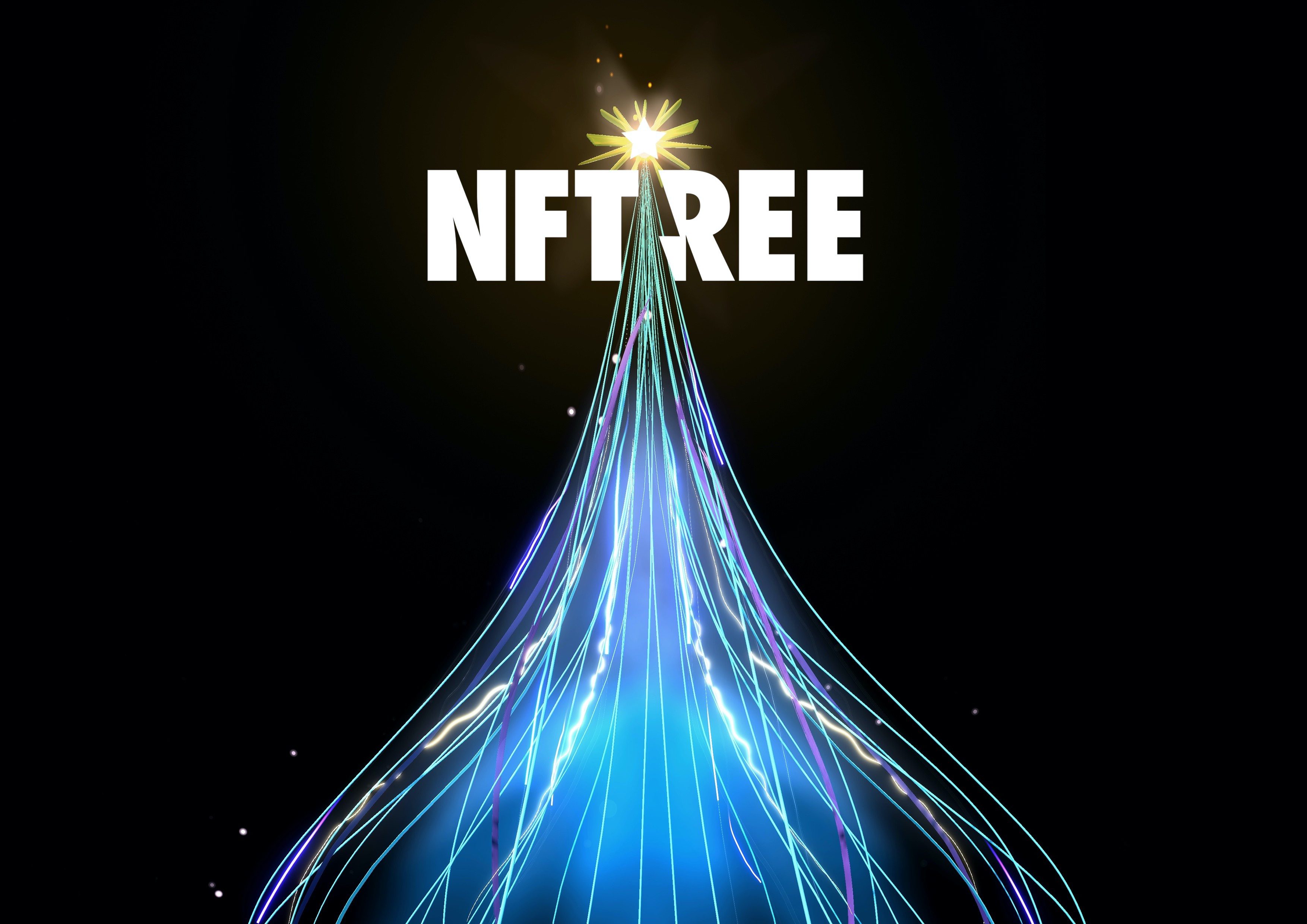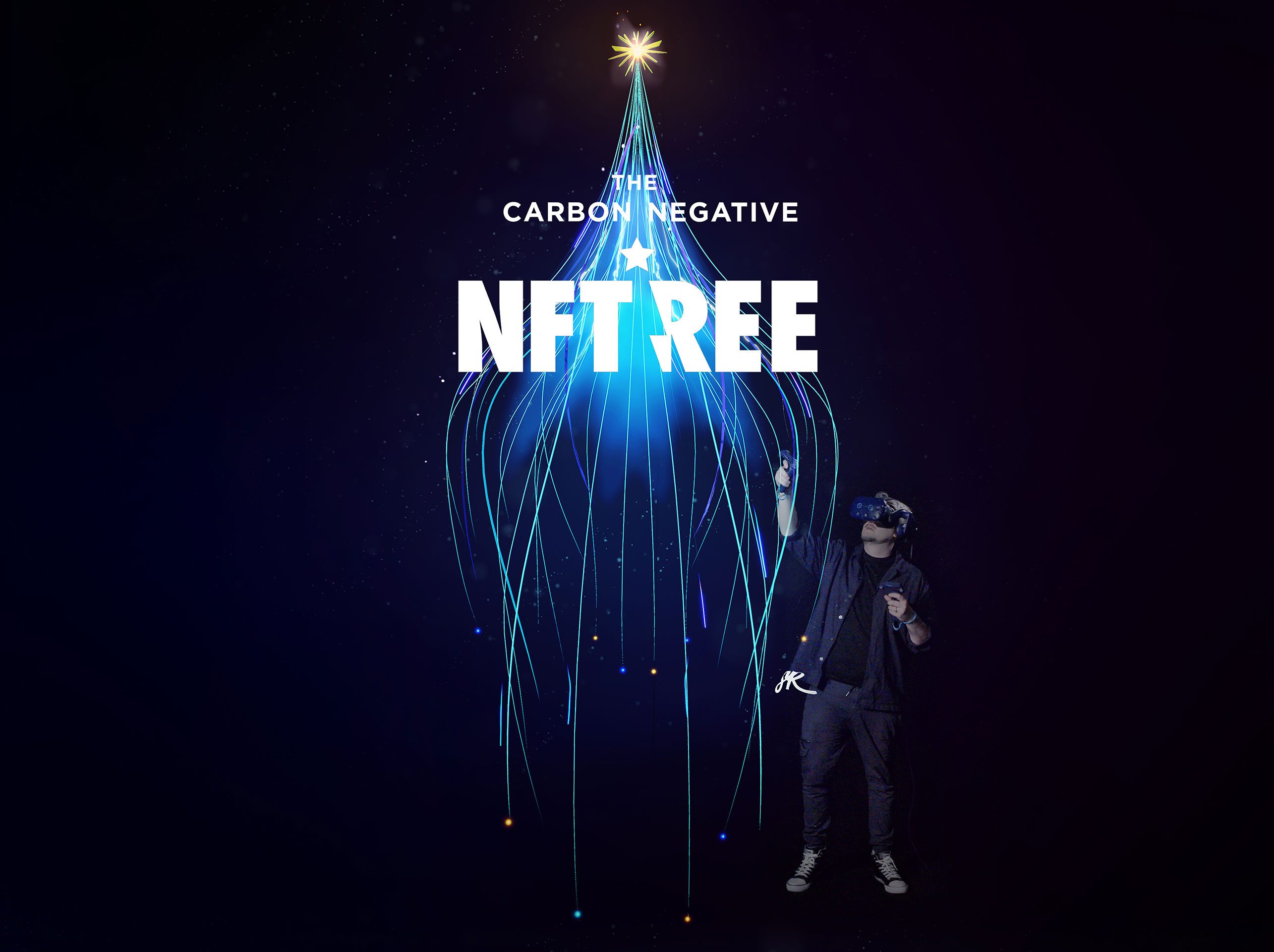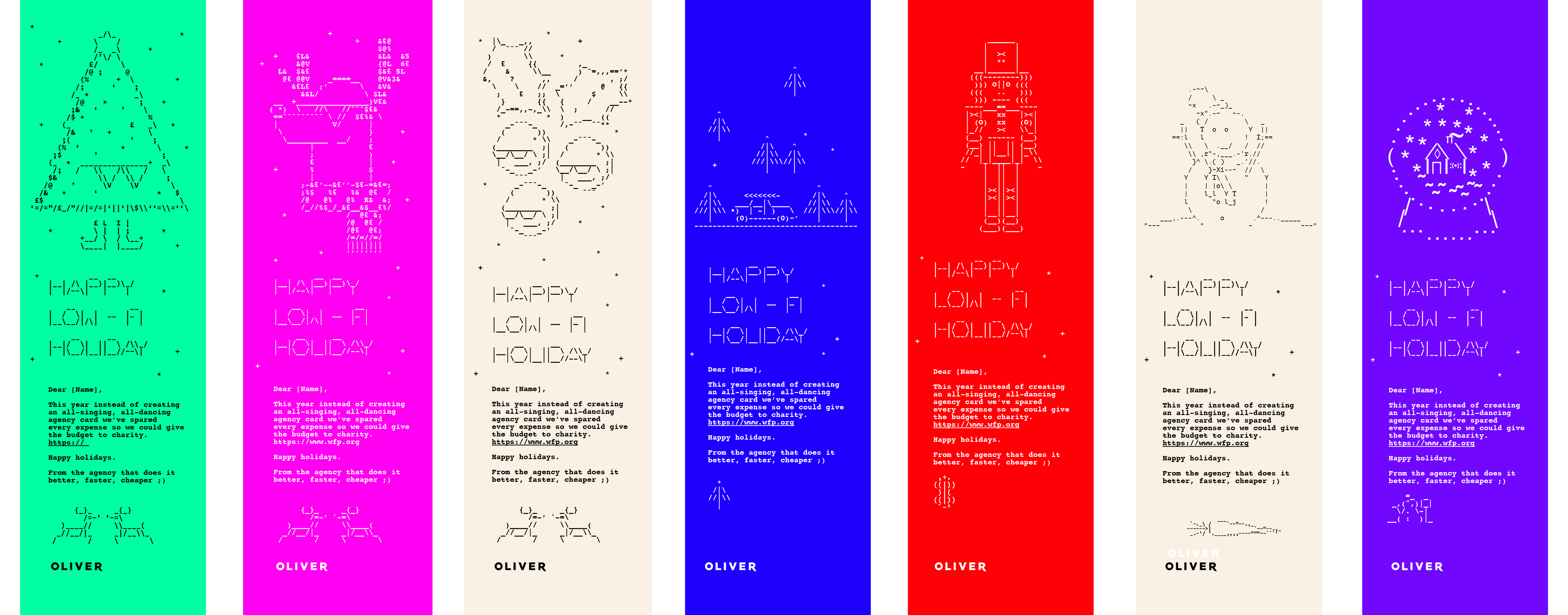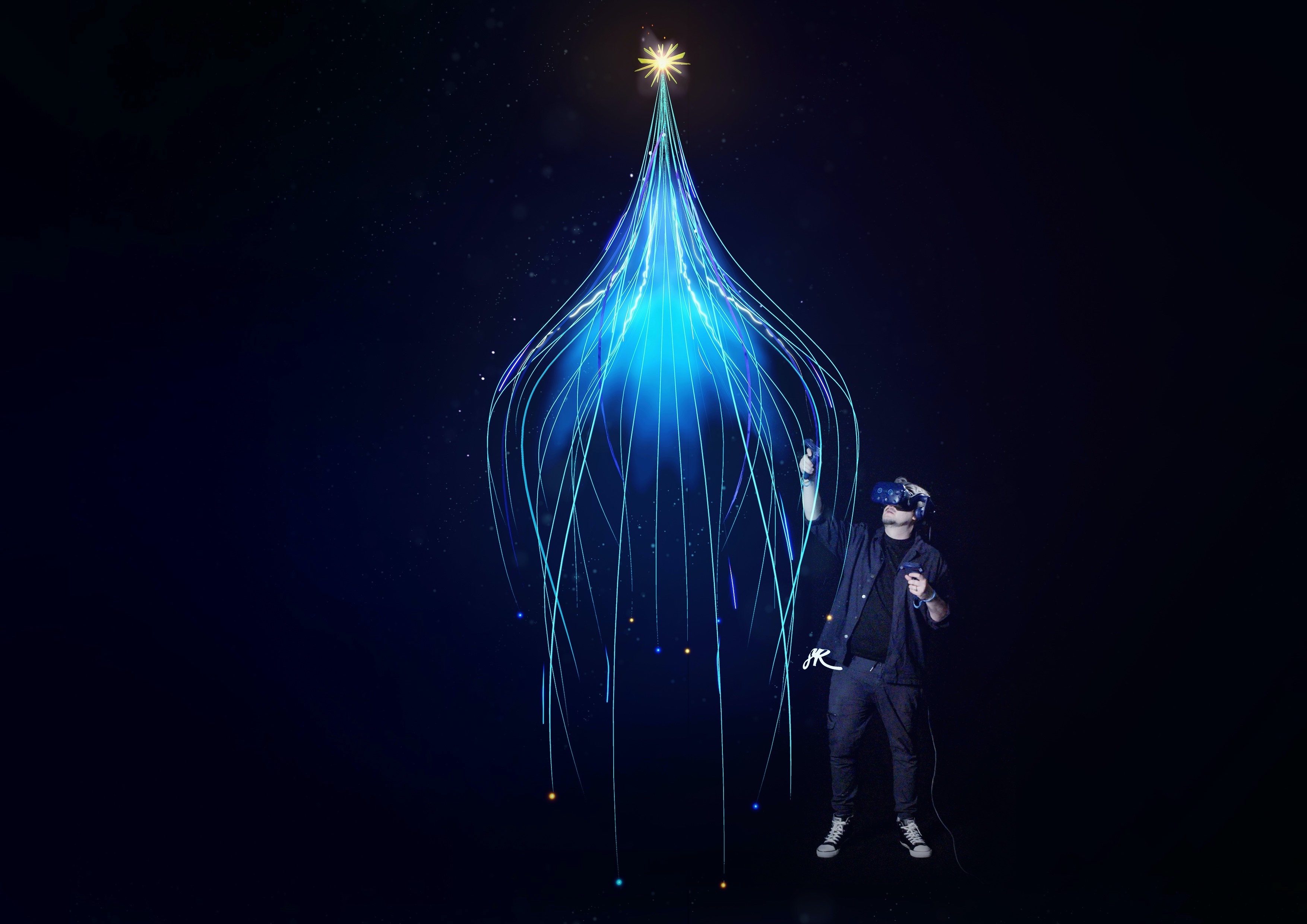How OLIVER’s NFTree planted 5000 trees in the Amazon
As an agency, our brand promise is better, faster, for less – a promise that has always defied convention. The Climate Crisis has not made this any easier. Cheaper is no longer just about money, the cost to the environment counts too. While better means more than just good for the brand, it also must mean good for the planet.
Last year, OLIVER ~ the world’s only company to focus exclusively on designing, building and running in-house agencies and marketing ecosystems for brands ~ gave the gift of zero emissions during the holiday season by creating the carbon negative NFTree.
In an effort to show global brands that NFTs could be made without damaging the environment, and in keeping with our Ad Net Zero pledge, OLIVER gifted the world’s first carbon negative NFT to clients and staff. The NFTree was theirs to keep forever or could be traded on the market.
How?
OLIVER’s creative team partnered with immersive artist Sean Rodrigo to bring their idea to life. Rodrigo ~ who has worked with the likes of Adobe, Three Mobile, EY (Ireland), Mercedes and Landrover ~ created the beautiful NFTree artwork in virtual reality using Tilt Brush by Google. The artwork was hand-crafted using a virtual reality headset and controllers, which you can see in action in our behind-the-scenes video trailer below.
To authenticate every single one of OLIVER’s blockchain-based tokens, the company’s NFTree used the eco-friendly, proof-of-stake blockchain, Polygon. A process that consumes less energy than sending 3 emails, making our NFTree virtually carbon neutral.
But neutral is not a game changer. We wanted the NFTree to remove more carbon from the environment than making it produced.
So, for every NFT that OLIVER gave to clients in the virtual world, we planted a tree in the real world – making each NFTree carbon negative.
To date, we’ve planted a whopping 5000 trees in the Amazon, which when fully grown will offset 120,000kg of CO2 per year*. An achievement we’re incredibly proud of.
This NFTree project gave us the perfect opportunity to demonstrate our brand promise. Conventional wisdom at the time was saying that NFTs are bad – the carbon footprint was too big a price to pay for brand success.
But we challenged this. Our teams thought creatively, not just about the idea, but in every aspect of its creation. No corners were cut, or compromises made, and in doing so the NFT delivered a game-changing message – that an NFT drop can make an impact for a brand, but not on the environment.
You can watch our case study to learn more about the development of our NFTree below.
*This calculation is based on Econ’s formula, which states: “For calculating the figures on the Encon website, we assume a rate of 24 kg CO2/tree and an average of 500 trees per hectare. This means that 1 hectare of forest: 500 trees x 24 kg CO2/tree = 12,000 kg of CO2 offsets, i.e. 12 tonnes CO2/hectare.”




